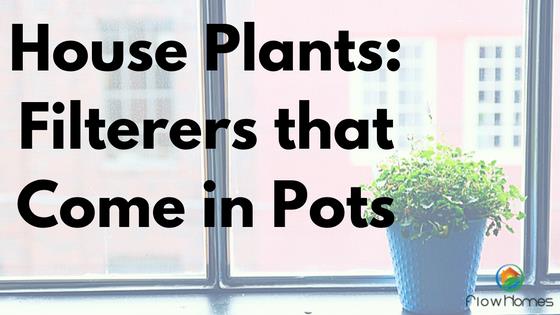In his breakthrough book The Blue Economy, Ecologist Gunter Pauli advocates the incorporation of processes occurring in natural systems to balance inputs and outputs in our economy and reduce the amount of waste, filth and pollution. Flow Homes of Albuquerque has adopted these methods in building new homes that go beyond “green” to use the “flow” of various elements between systems to save energy and reduce costs.
Improving the flow of air through a house to reduce levels of atmospheric acid and chemicals is one way to achieve such goals. And one of the best and easiest ways to do that is to use plants as air filters. Just as plants in a rain forest precipitate dust and other particles into the ground when it rains, so plants in your home can settle dust, absorb carbon dioxide, release oxygen, and remove chemicals like benzene, formaldehyde and trichloroethylene—at little or no cost. In fact, some 15 to 18 good-sized plants in 6– to 8–inch containers can do the job for an 1,800-sq.-ft. home.
Different plants do different kinds of jobs best. Those listed here are also nontoxic to children and animals.
Aloe vera—succulent with thick fleshy leaves, good in dry climates, used in consumer products.
Bamboo palm—tops for benzene, trichloroethylene and for use around furniture that gives off gasoline fumes.
Boston fern—easy to grow.
Bromeliads—tropical, great filterers.
Christmas cactus—colorful, easy to grow.
Dracena or corn plant—grows tall, removes xylene, trichloroethylene and formaldehyde found in lacquers, varnishes and gasoline.
Herbs—good filterers, and they’re in your kitchen already…?
Snake plant or Mother-in-law’s tongue—good in bathrooms because they are low-light and filter the formaldehyde in toilet paper, tissues, cleaning and personal care products.
Spider plant—these have runners that quickly reproduce more plants.
Yucca—great filterer, needs lots of light.

